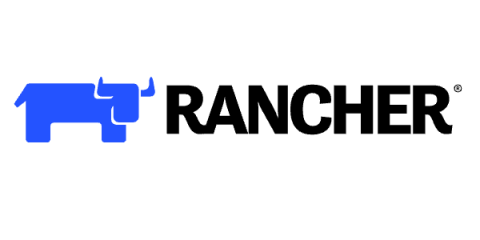3 Reasons to Use Asset Management Software in Real Estate Firms
Every manager in the real estate industry wants to minimize the organization’s expenses and ensure every asset and equipment is available where it is required so that no work operation hindrance occurs. In order to maintain a real state structure, it is important to create a complete list of assets attached to each real estate. However, when all these activities are done manually then it leads to several issues. This is where automated Real Estate Asset Management comes into play!











